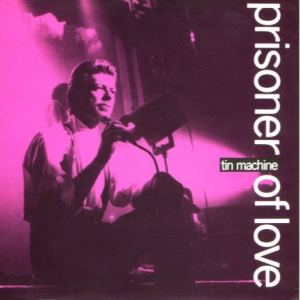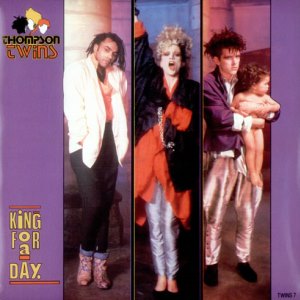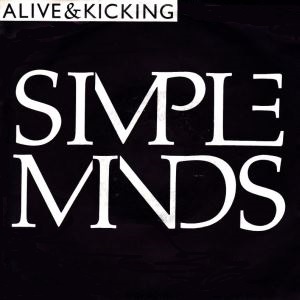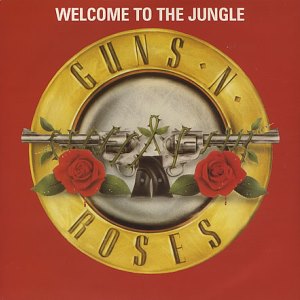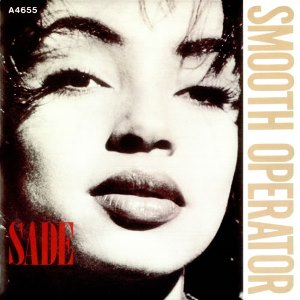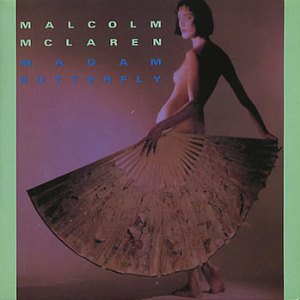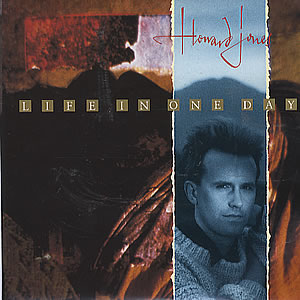
CBS A3589
February 1983 – Cleveland
21 February: Adam and the band are on the ninth gig of a 48-date American tour, intended to “seal the conquering of the USA by Adam Ant”.
“The pain was terrible. Three songs into the set and my knee had exploded. It felt as if someone was sticking a red-hot poker into it. I had to stop singing and slump backwards on to a drum riser…the band ended the number we were in the middle of and followed me off stage. The Cleveland crowd were booing and clapping at the same time. What a place to collapse, I thought – the home of rock n’ roll.”
March 1983 – Los Angeles
The tour was abandoned. Adam’s kneecap was found to be ‘floating’ and he had surgery in America while the rest of the band returned to the UK. It was during his convalescence that work began on the Strip album in earnest.
“Throughout my stay in LA I spent the morning having physical therapy on my knee, and worked on songs with Marco [Pirroni, his song writing partner and band member] for the rest of the day. In that time we wrote and recorded a demo for the next and only1 single of the year, Puss’n Boots.”
May 1983 – Paris
About half of the songs required for another album were written and demoed by May 1983, but more material was needed if the album was to be released in ’83.
“I joined Marco in Paris where we’d booked a 16-track studio in Montmartre to write new songs. We wrote almost all of the seven songs needed to complete the new album, including Strip, which could, I thought, be the title track. All of the songs are about women, sexual encounters, love and romance, and all of them are more mature that previous Adam Ant songs. I planned a new look to go with them that would also be more ‘mature’, with less make up but keeping a Romantic element to the clothes2.
June 1983 – Stockholm
Adam had not been happy in Paris and was happy to leave.
“I was glad to finally get to Stockholm and work with Phil Collins. He was a delight throughout the three weeks that we worked together. He and Hugh Padgham, who worked with him, were professional and adventurous, willing to try a number of different things in the studio and taking care of what I called ‘drudge’ work, making things sound exactly as they should. The drum sound was perfect, of course, as were the horns. One day they persuaded Frida of ABBA to come into the studio and record a spoken word section for the song Strip. Later both Benny and Bjorn would visit us at work in their studio, which was also a thrill. At the time they were writing a musical with Tim Rice (‘Chess’), and the following year they asked me to record one of the songs for the soundtrack, which was an honour, even though it didn’t make it on to the album.”
July 1983 – Stockholm
Adam took a short break after the sessions with Collins and Padgham, spending time in London and Los Angeles. Then he returned to Sweden.
“I had decided that the album needed more work, and wanted to re-record at least three of the songs. Unfortunately, Phil Collins was no longer available to produce them, and so Marco and I had begun asking around to find another producer. We tried former [David] Bowie producer Tony Visconti, but he couldn’t do it, so Marco and I began producing it ourselves. After a week or so we employed Richard Burgess, who had most recently worked with Spandau Ballet. He proved to be very efficient and very hard working, as I’d hoped he would be. July turned into August, and the album took shape. I worked on storyboards for the Puss’n Boots video at the same time as planning the next American tour. After finishing the Puss storyboards, I started writing a script for the video for the second single, which would be Strip. It wasn’t proving to be easy, probably because the album work was beginning to bore me. I had also begun to worry about releasing a single at the most competitive time of the year in the UK (Christmas) especially after almost a year away from England.”
September 1983 – London
The video shoot for the album’s lead single runs into trouble.
“I had brief second thoughts about Puss being commercial enough to succeed as a single, and decided that in America, Strip would be the first single from the album, both being supported by another big tour. In the meantime I could spend a whole week in London making the video for Puss’n Boots. The Puss’n Boots video had an enormous budget but no leading lady. I had asked for Suzanne Danielle, a small, sexy French actress, or Finola Hughes, John Travolta’s co-star in Sylvester Stallone’s ‘Staying Alive’, neither of whom could do it. I had employed Christopher Tucker to make me a rat face-mask (he had designed John Hurt’s make up in ‘Elephant Man’) but he couldn’t deliver it in time for the shoot. The CBS MD, Maurice Oberstein, then refused to foot the £50,000 bill for the shoot, so with only three days left before the filming was due to begin, I cancelled the original script and spent a weekend re-writing it, shaving the budget to £35,000.”
October 1983 – London
Ten days before its release, Adam still had doubts about Puss’n Boots and the campaign for the new album generally.
“On 4 October, I wrote in my diary, “Tonight the ground opens up and swallows me with fear and loathing. The fear is failure in the next few months with Puss’n Boots and the follow-up Strip, the album and then Playboy the next3 single. The plan is made.”
December 1983 – New York
The album had entered the UK chart at #20, which would be its peak position: a considerable disappointment. The single that Adam would lead with in the US at the beginning of 1984 is released in the UK first, but proves a failure.
“In New York I once again became unable to sleep because of worry about Strip. The video for the single release of the title track had caused a national scandal, apparently, and had been banned by children’s television. It never made it past #41 in the charts.”
1 In fact, of course, there were two singles in 1983, including today’s featured release.
2 The costumes Adam wore for the album cover and the Puss’n Boots video were by Susan Blane who designed the wardrobe for Peter Greenaway’s film ‘The Draughtsman’s Contract’
3 Plans for a third single from Strip were shelved when the title track failed to make the Top 40.
NEW SINGLES on sale from Dec. 2
1983
ADAM ANT Strip (CBS CBSA3589)
1985
David SYLVIAN Words With The Shaman (Virgin VS835)

